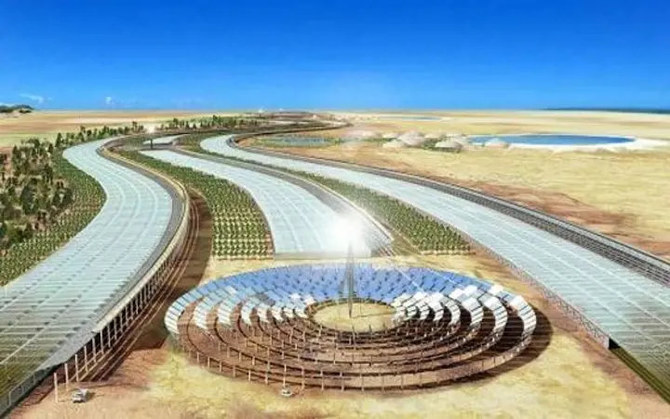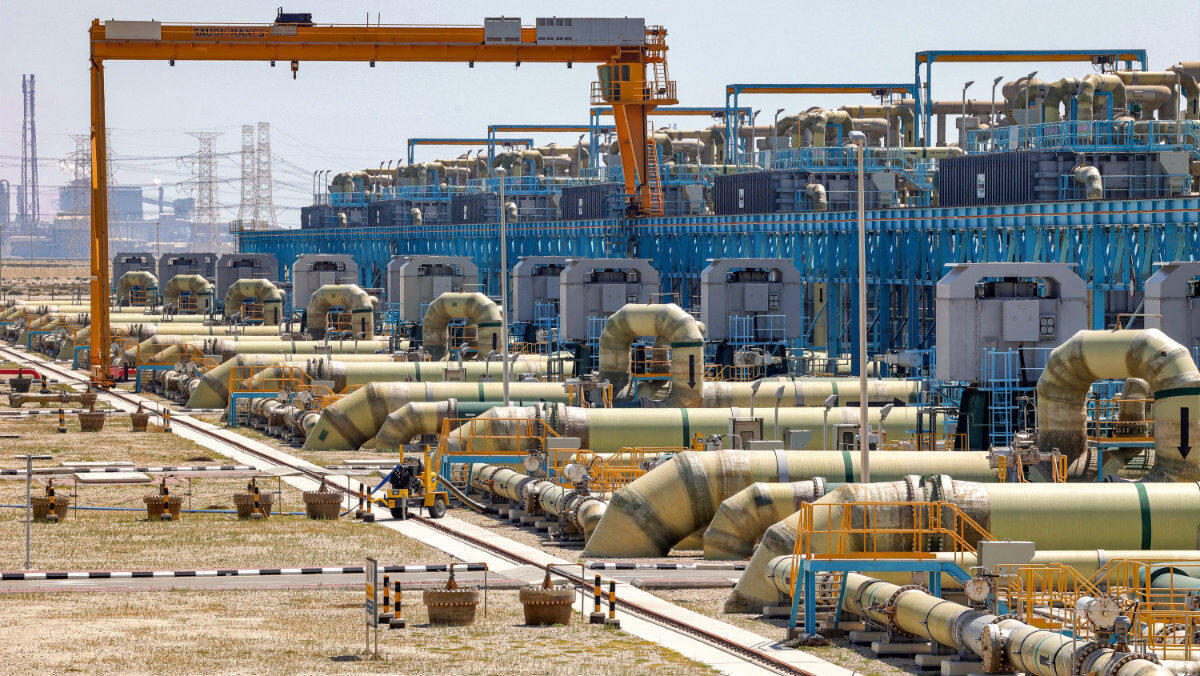Transforming Water Security in the Gulf
The Gulf region has long faced challenges with freshwater scarcity due to its arid climate and limited natural water resources. Rapid population growth, urbanization, and industrial expansion have only intensified the demand for potable water. To address this, governments and private enterprises across the Gulf have increasingly turned to desalination technologies. However, traditional desalination methods, often reliant on fossil fuels, have raised environmental and economic concerns. This has sparked a wave of innovation, focusing on renewable-driven desalination techniques that are sustainable, efficient, and aligned with the region’s commitment to green energy.
Renewable Energy Meets Desalination
One of the most promising developments in the Gulf is the integration of renewable energy sources such as solar and wind into desalination processes. Solar-powered reverse osmosis and multi-effect distillation plants are emerging as viable alternatives to conventional systems. These technologies not only reduce greenhouse gas emissions but also lower operational costs over time. By harnessing the abundant sunlight and wind available in the Gulf, these projects offer a scalable solution that ensures a continuous water supply without overburdening the environment.
Solar-Powered Desalination: Leading the Charge
Solar energy has proven to be a game-changer in the field of desalination. Photovoltaic panels and concentrated solar power systems are being deployed to drive reverse osmosis membranes and thermal distillation units. These systems convert solar radiation into electrical or thermal energy, which then powers the desalination process. In addition to providing a reliable source of freshwater, solar-powered desalination plants are designed to operate in remote or off-grid locations, making them ideal for coastal communities and industrial zones.
Wind Energy as a Sustainable Alternative
Wind-powered desalination is another emerging innovation in the Gulf. By integrating wind turbines with desalination plants, it is possible to harness the region’s strong coastal winds to generate electricity for water purification. Wind-driven reverse osmosis units and hybrid systems combining wind and solar energy have shown promising results. These projects highlight the potential of renewable energy integration in reducing reliance on conventional fuels while maintaining high efficiency and reliability.

Advancements in Membrane Technology
Beyond the energy source, technological advancements in desalination membranes have significantly improved efficiency and reduced energy consumption. New-generation membranes exhibit higher permeability and salt rejection, allowing more water to be processed using less energy. Additionally, innovations in anti-fouling coatings and modular designs enhance operational lifespan and reduce maintenance requirements. These breakthroughs make renewable-driven desalination more economically viable, encouraging further adoption across the Gulf.
Hybrid Desalination Systems
The Gulf has also witnessed the rise of hybrid desalination systems that combine multiple technologies for optimal performance. For example, hybrid plants integrate solar thermal distillation with reverse osmosis to maximize water output while minimizing energy use. These systems can adapt to fluctuating energy availability, ensuring a steady water supply even during periods of low solar or wind activity. Hybrid solutions demonstrate the region’s commitment to innovative approaches that balance sustainability, efficiency, and cost-effectiveness.
Desalination and Circular Economy Initiatives
Innovation in desalination extends beyond energy efficiency. Gulf nations are exploring ways to integrate desalination with circular economy principles. Brine management, for instance, is receiving significant attention. Researchers and engineers are developing methods to recover valuable minerals from desalination by-products, turning what was once considered waste into economic opportunities. This approach not only mitigates environmental impact but also promotes sustainable resource utilization, reflecting a holistic vision for the future of water management.
Smart Monitoring and AI Integration
The incorporation of digital technologies, including artificial intelligence and smart monitoring systems, is revolutionizing desalination operations. AI-driven analytics enable predictive maintenance, optimize energy consumption, and improve water quality management. By continuously monitoring plant performance and environmental conditions, these systems ensure maximum efficiency and operational resilience. Smart desalination plants can also respond to fluctuations in demand, providing water in a timely and sustainable manner.

Public-Private Collaborations Driving Innovation
Collaboration between government agencies, research institutions, and private enterprises is key to advancing renewable desalination in the Gulf. Initiatives involving technology transfer, pilot projects, and knowledge-sharing programs have accelerated the deployment of renewable-driven desalination plants. These partnerships facilitate innovation, reduce risks, and provide access to cutting-edge technologies, fostering a dynamic ecosystem where sustainable water solutions can thrive.
Environmental and Economic Impact
Renewable desalination technologies offer significant environmental benefits by reducing carbon emissions and minimizing the ecological footprint of water production. Economically, they create opportunities for green jobs, stimulate local manufacturing of components, and reduce long-term energy costs. Communities benefit from reliable access to safe drinking water, while governments achieve their sustainability goals. The combined impact demonstrates how renewable desalination serves as a strategic solution for both environmental stewardship and economic growth.
Challenges and Future Prospects
Despite remarkable progress, challenges remain in scaling renewable desalination across the Gulf. Initial capital investment, technological adaptation, and integration with existing infrastructure are critical considerations. However, ongoing research, international collaboration, and supportive policies are paving the way for widespread adoption. The future promises more efficient hybrid systems, enhanced energy storage solutions, and the integration of next-generation materials, ensuring that renewable desalination becomes a cornerstone of water security in the region.
Inspiring a Sustainable Gulf Water Future
Innovation in renewable desalination is reshaping the Gulf’s approach to water management. By leveraging solar, wind, and smart technologies, the region is not only addressing immediate water scarcity but also setting a global example in sustainable development. The ongoing efforts underscore a commitment to environmental responsibility, economic resilience, and technological leadership. As these projects expand and mature, they will ensure that the Gulf continues to thrive despite its challenging natural conditions.
Do follow Gulf Magazine on Instagram.
Also Read – Gulf’s Entrepreneurial Hubs Accelerating Revolutionary Tech Innovation



